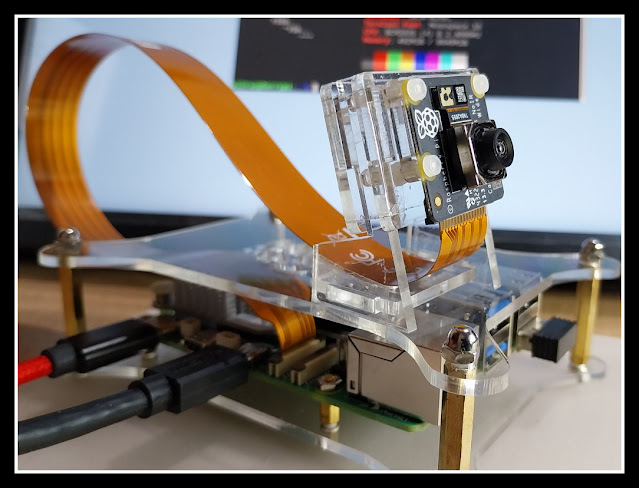YD-ESP32-S3-EYE/CircuitPython 8, control LCD and Camera.
With CircuitPython 8.2.8 installed on YD-ESP32-S3-EYE , Here are exercises to access LCD and camera on YD-ESP32-S3-EYE . Exercise to test LCD/Color on LCD, cpyS3EYE_LCD_color.py . """ LCD/Color test on YD-ESP32-S3-EYE/CircuitPython 8.2.8 """ import os, sys import board import time import displayio import terminalio from adafruit_display_text import label display = board.DISPLAY #======================================= info = os.uname()[4] + "\n" + \ sys.implementation[0] + " " + os.uname()[3] + "\n" + \ "board.DISPLAY: " + str(display.width) + "x" + str(display.height) print("=======================================") print(info) print("=======================================") print() # Make the display context bgGroup = displayio.Group() display.show(bgGroup) bg_bitmap = displayio.Bitmap(display.width, display.height, 1) # with one color bg_palette = displayio.Palett...
